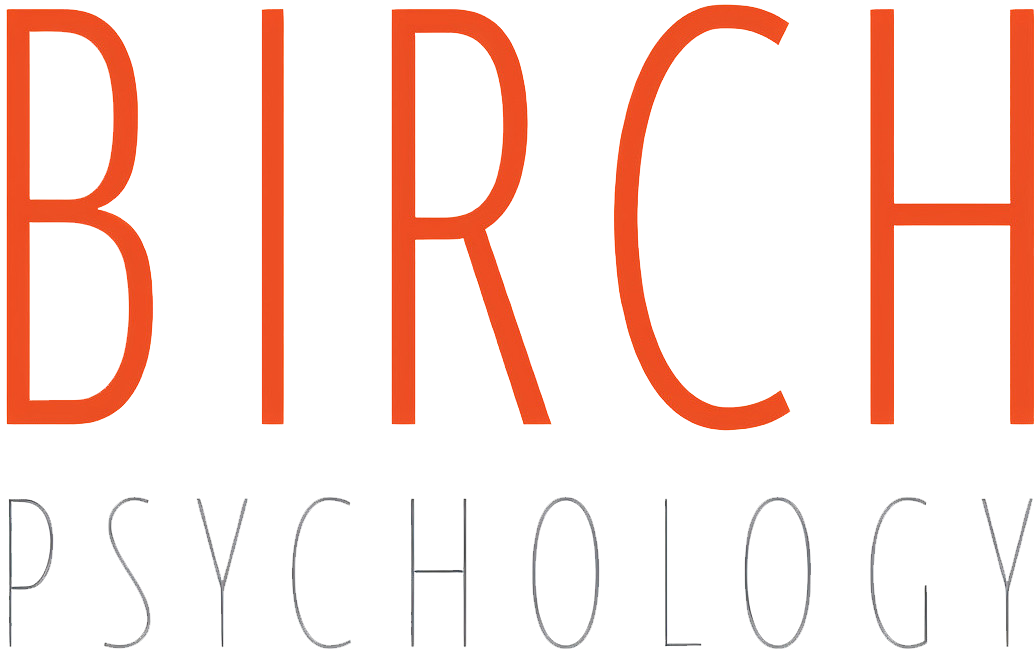Worrying vs Anxiety
Up to one third of the American population can be diagnosed as having an anxiety disorder at some point in their lives. Anxiety is a feeling of concern that we all get from time to time, but having an anxiety disorder involves feeling anxious almost everyday for a period of six months. Anxiety in most people is something that arises during a really stressful or fearful situation, but that eases shortly after, is manageable, and does not happen without a cause. Anxiety as a disorder can involve worrying during unexpected times over events one may have no control over, and that worry increases overtime and affects their functioning.
For example, let’s say that you’re watching a movie with your family. Life has been good, all of your tasks are completed, there are no pressing matters at hand, and you’re on a couch eating popcorn. Suddenly, you begin to fidget in your chair as you begin thinking about a minor work project you’re going to have to work on tomorrow, then you start thinking about a bill you have coming in the mail sometime this month that you may be unprepared for, then you start thinking about if your wedding six months from now will be able to happen. All of these worries are considered misplaced- at this time you are supposed to be relaxing and watching a movie to decompress, and instead maybe due to the sounds from the movie, the lighting, caffeine, or maybe no reason at all, you are now only able to focus on all of the things that concern you (and none of these things are able to be “solved” right then anyways). This may be the sign of an anxiety disorder.
Generalized anxiety disorder is the most common type, and it involves excessive worry over everyday life circumstances, which causes problems in these areas of life. For example, a high schooler may experience their anxiety symptoms most frequently over school, worrying too much about grades and panicking when things don’t go the way they want them to. GAD symptoms include fatigue, restlessness, trouble concentrating, irritability, and sleep problems.
Social anxiety is another subtype of anxiety that involves a fear of social or performance situations. They fear embarrassment, causing an avoidance of social situations. For example, a person may fear communicating with strangers, causing them to have other people order for them at restaurants or go with them to stores to talk to the cashiers for them.
A third type of anxiety disorder is called panic disorder, which is when a person has recurring random panic attacks. Any person can experience a panic attack, but they are normally very rare and only occurring in severe circumstances. With panic disorder, a person experiences these a bit more regularly, with or without a trigger. Panic attacks involved heart racing, trembling, shortness of breath, feelings of doom, and a feeling of loss of control. Anxiety attacks are the more moderate form of panic attacks with similar symptoms that many people experience more regularly and can be misidentified as panic attacks. A panic attack is much more severe and can sometimes be identified by the person experiencing a strong feeling that they are going to die. These attacks can be so traumatizing that they cause the person to alter their daily behaviors in an attempt to avoid triggering another one, and this additional worrying contributes to further anxiety issues.
A fourth type of anxiety disorder involves the umbrella of phobia related disorders. Phobias are intense fears and aversions to certain situations or items. Of course, it is normal to be fearful of certain things as individuals, but people with these disorders feel fear and concern out of proportion to the danger of the object. They will alter their lives to attempt to avoid their phobia, which usually results in unhealthy behaviors. These phobias can include “traditional” fears of heights and spiders, along with fears such as separation from certain people or things and being in crowded or open spaces.
Anxiety can be genetically and environmentally caused. Risk factors for any of these subtypes include a display of behavioral inhibitions in childhood (such as extreme caution or shyness), exposure to trauma, anxiety disorders in relatives, or physical health conditions that may end up mimicking an anxiety disorder. Anxiety is diagnosable by a clinician and can be treated with medication and regular therapy. Cognitive behavioral therapy has been shown to work very effectively for those with anxiety disorders, as it teaches different ways of thinking, behaving, and reacting to anxiety triggers that don’t negatively affect one’s life. Medication can be prescribed as mentioned, but for anxiety disorders specifically, it is only prescribed for a very short period of time to give a person time to get help for their symptoms in other ways (therapy), as these medications can be highly addictive and cause dependence.
Recognizing problematic anxiety in yourself or a loved one is the first step to being able to cope with it and recover, so it is important to identify these things and provide helpful intervention and information for all.
Kyndal Sims
Birch Psychology
Resources
https://www.nimh.nih.gov/health/topics/anxiety-disorders/index.shtml
https://www.mayoclinic.org/diseases-conditions/anxiety/symptoms-causes/syc-20350961
https://www.webmd.com/mental-health/features/ways-to-reduce-anxiety
https://www.psychiatrictimes.com/view/fresh-perspective-on-pandemic-anxiety
